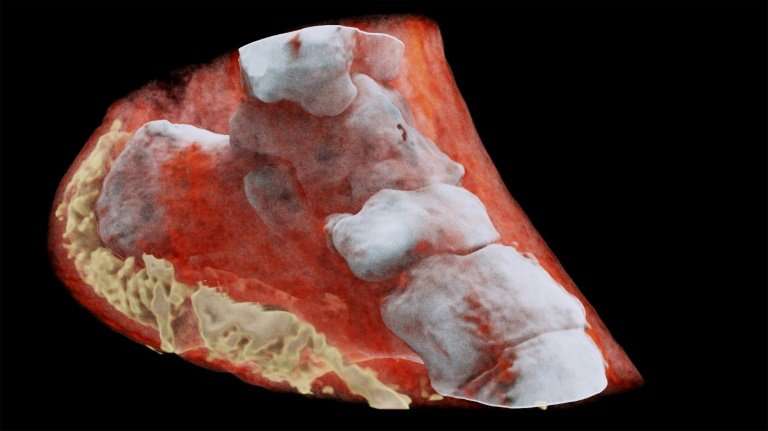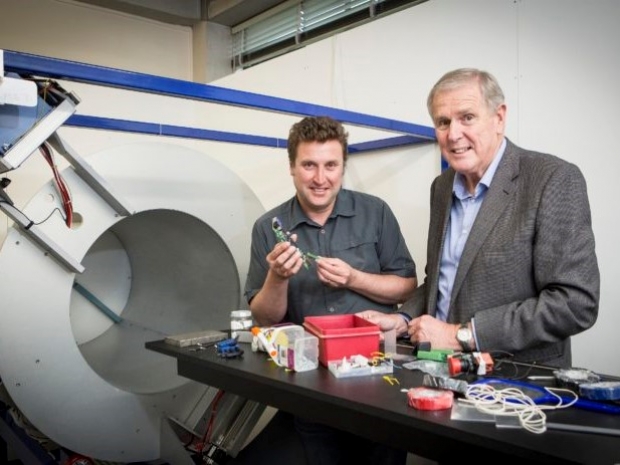Father and son scientists Professors Phil and Anthony Butler from Canterbury and Otago Universities spent a decade building and refining their product. Medipix is a family of read-out chips for particle imaging and detection.
The original concept of Medipix is that it works like a camera, detecting and counting each individual particle hitting the pixels when its electronic shutter is open.
This enables high-resolution, high-contrast, very reliable images, making it unique for imaging applications in particular in the medical field. Hybrid pixel-detector technology was initially developed to address the needs of particle tracking at the Large Hadron Collider, and successive generations of Medipix chips have demonstrated over 20 years the great potential of the technology outside of high-energy physics.
The machine's "small pixels and accurate energy resolution meant that this new imaging tool is able to get images that no other imaging tool can achieve", said developer Phil Butler of the University of Canterbury.
According to the CERN, the images very clearly show the difference between bone, muscle and cartilage, but also the position and size of cancerous tumours, for example.
The technology is being commercialised by New Zealand company MARS Bioimaging, linked to the universities of Otago and Canterbury which helped develop it.

Read more at: https://phys.org/news/2018-07-first-ever-colour-x-ray-human.html#jCp




